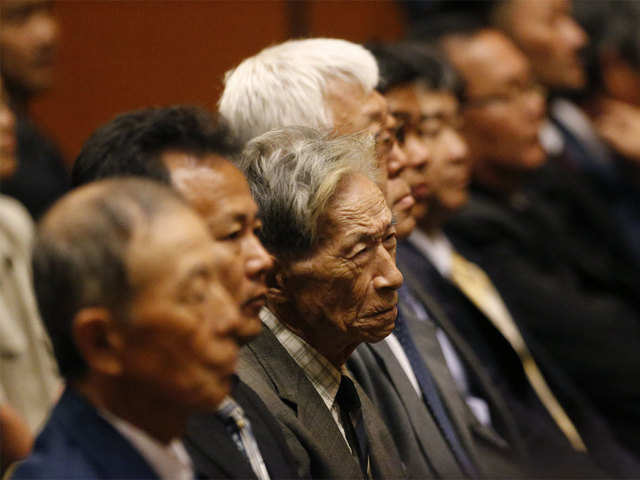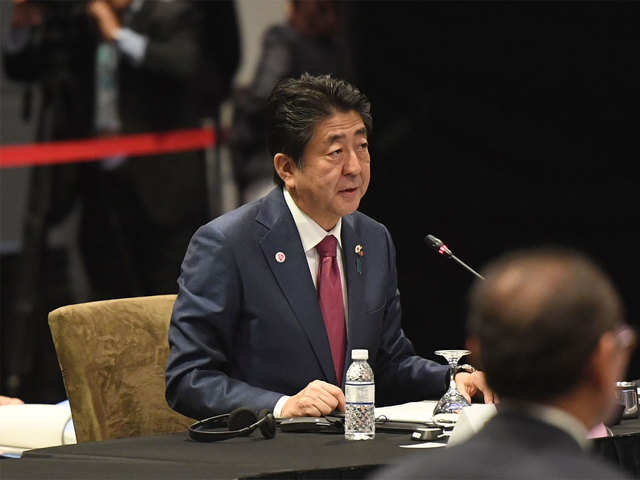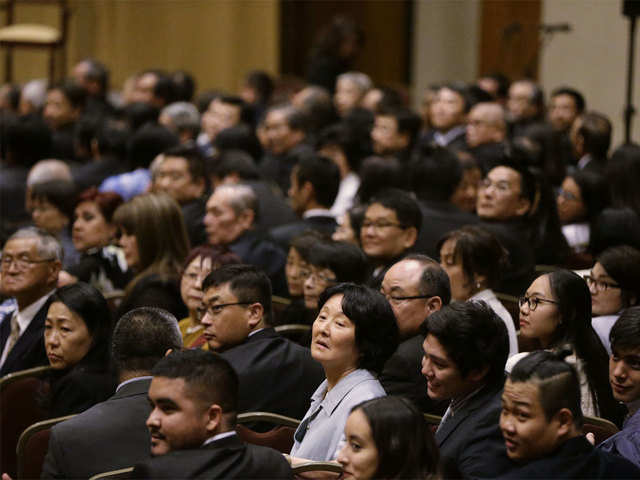
Quarter million visas
Vexed by labor shortages in their rapidly aging country, lawmakers relaxed Japan’s long-standing insularity early Saturday by authorizing a sharp increase in the number of foreign workers.
Under a bill approved by Parliament’s upper house in the early-morning hours, more than a quarter-million visas of five-year duration will be granted to unskilled guest laborers for the first time, starting in 2019.
Under a bill approved by Parliament’s upper house in the early-morning hours, more than a quarter-million visas of five-year duration will be granted to unskilled guest laborers for the first time, starting in 2019.
1/5
AP

Moving in the other direction
The measure is a remarkable turn for Japan, surprising neighbors and maybe even itself. A nation that once embraced draconian limits on immigration is now reluctantly moving in the other direction, beckoning foreigners just as anti-immigrant political forces are roiling the West.
The change in Japan, however, is driven largely by economics and demographics. Japan has no other choice for filling jobs in a shrinking workforce that is simply getting too old.
The change in Japan, however, is driven largely by economics and demographics. Japan has no other choice for filling jobs in a shrinking workforce that is simply getting too old.
2/5
AFP

Not everyone's happy
Not everybody is happy with the news. “To accept a lot of immigrants would break down the borders of our singular nation,” said Koichiro Goto, director of a nursing home company in Kashiwa, a suburb of Tokyo.
Still, however reluctantly, people like Goto support the new measure. He is desperate to hire caregivers at Mother’s Garden, a 70-room nursing home where there is a waiting list of 60 would-be residents and want ads hardly ever attract job applicants.
“If we aren’t helped by foreign workers,” he said, “this business would not survive.”
Still, however reluctantly, people like Goto support the new measure. He is desperate to hire caregivers at Mother’s Garden, a 70-room nursing home where there is a waiting list of 60 would-be residents and want ads hardly ever attract job applicants.
“If we aren’t helped by foreign workers,” he said, “this business would not survive.”
3/5
AFP

A significant turnaround
The change appears to mark a significant turnaround for the right-leaning administration of Prime Minister Shinzo Abe. As recently as three years ago, Abe said on the sidelines of the U.N. General Assembly that “there are many things that we should do before accepting immigrants.”
To cope with labor shortages resulting from a declining population, he advocated for more women in the workplace, delaying retirement and using robots to do jobs once filled by humans.
To cope with labor shortages resulting from a declining population, he advocated for more women in the workplace, delaying retirement and using robots to do jobs once filled by humans.
4/5
Agencies

Is it enough?
Japan’s shrinking workforce and rapidly aging population put pressure on Abe and his conservative supporters to accept that the nation’s demographic challenges could not be solved by internal measures alone.
In the absence of immigration, Japan’s population is projected to shrink by about 16 million people — or nearly 13 percent — over the next 25 years, while the proportion of those older than 65 is expected to rise from a quarter of the population to more than a third. In caregiving alone, the government estimates that employers will need an additional 377,000 workers by 2025.
In the absence of immigration, Japan’s population is projected to shrink by about 16 million people — or nearly 13 percent — over the next 25 years, while the proportion of those older than 65 is expected to rise from a quarter of the population to more than a third. In caregiving alone, the government estimates that employers will need an additional 377,000 workers by 2025.
Used here for Educational Purposes only
5/5
AP
No comments:
Post a Comment